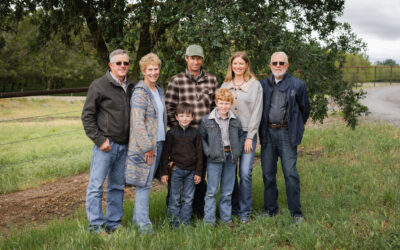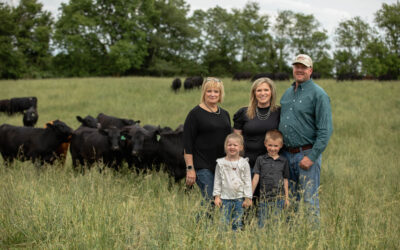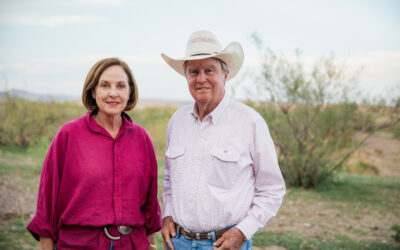
Of dreams and going all in
“I wish I could just move west and buy a ranch.”
It’s something I’ve heard my dad mutter for years. He’s been around agriculture all his life, stacking hay as a teen and raising Hereford steers for the freezer as an adult. But Maryland is not big country. These days, he’s living vicariously through his three daughters’ 4-H projects and FFA events (and my internship here at CAB ® of course).
It wasn’t until I decided to attend Oklahoma State University and chase my dream of sharing agriculture’s story that he really fell in love with the wide open spaces. Now when he feels fenced in, he jokes about packing up, heading west and trading in his ball cap for a cowboy hat.
So when I got to Pocatello, Idaho, and listened to Greg Brown tell how he got his start in cattle ranching, I couldn’t help but think, “Man, you’re living my dad’s dream.”
The son of a sugar beet farmer, Brown dreamed of starting his own ranch, “always wanted to be a cowboy but didn’t know how.”
In 2006, he and wife Stephanie made their first attempt, but it was nothing to be proud of.
“We got our house and it had this little field, so I bought a pair. We didn’t have a clue,” Brown admits.
The stories they tell from that first year are like something out of a cartoon. A cow gets out the first night home and runs miles and miles away. They buy their first horses and get bucked off, over and over again.
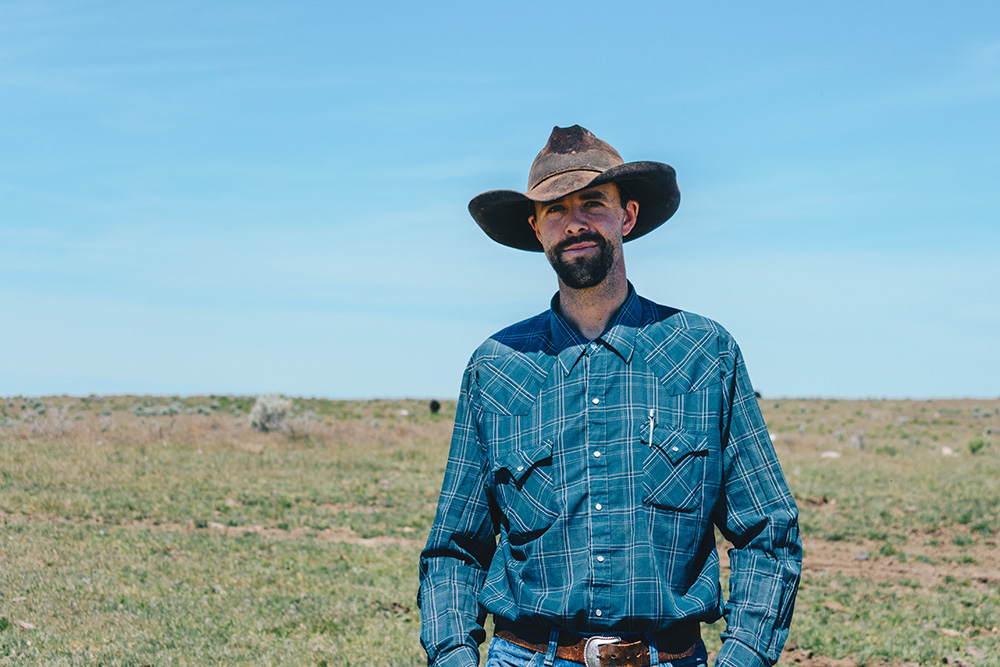
But lessons learned the hard way pay off. By 2010 they shed all other jobs to make their living on the ranch.
How did they manage that in four short years? A chance meeting with a future benefactor and a whole lot of perseverance.
“I didn’t even know who he was, but I said something to him about wishing I was in the cattle business and he replied, ‘I can probably help you with that,’” Brown says. “He gave me his number and told me to call him next fall. It was winter. I had to sit on his number for six or eight months and wonder what this was all about.”
On the first day of fall, Brown’s phone call and short visit leads to an offer of 25 lease cows and space on the nearby ranch to run them.
“We leased those 25 cows. Again, a total wreck,” he says. “We didn’t have a clue what we were doing, but we had friends. We asked people. Studied. The next year [the leasing rancher] had somebody retire and there was room for 30 more head.”
More lessons learned led away from a Hereford cow base to Angus.
“I see Angus as the way forward with our herd,” Brown says. “I believe we can make the highest quality product with the most functional cow.”
Today, he runs 500 cows on the Idaho desert. The growth and added profitability came with the decision not to let just any animal into his herd.
“Out of all the things that I can control, genetics to me is the most important thing,” Brown says.

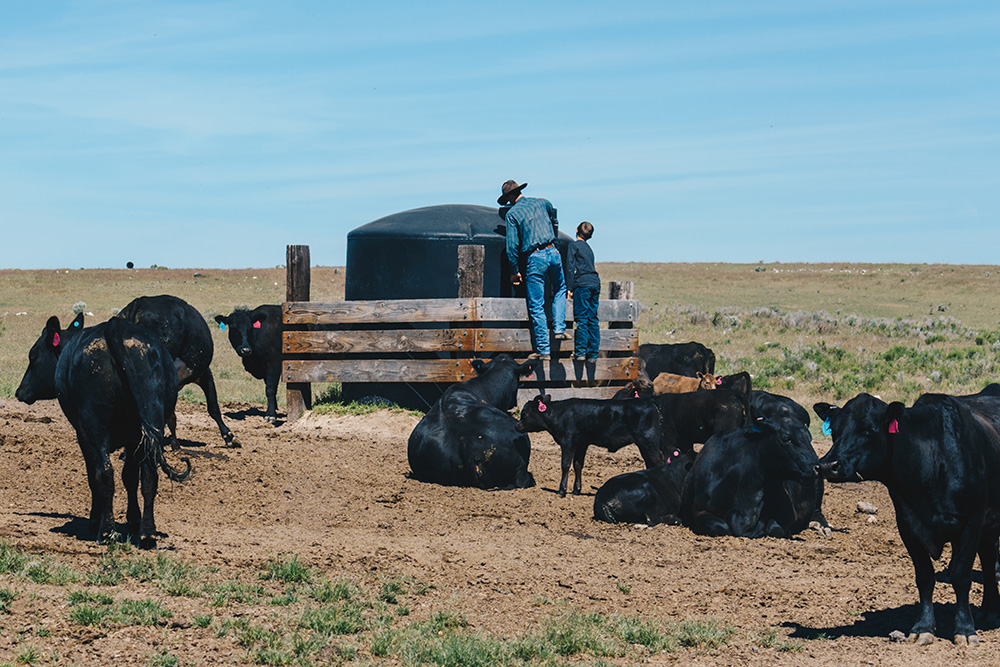
Bulls he buys must at least meet the Certified Angus Beef ® Targeting the Brand™ recommendations. He doesn’t discount functional traits, but also keeps his eye on carcass merit through that brand target. Keeping his dream alive means adding value for the next person down the line.
“You can’t take your calves to the sale barn every year. You have to market them in a progressive way.” Brown says. “We’re always looking for ways to add value to our product and produce something that a customer will be like, ‘Yeah, it’s worth more than that to us.’”
Few peers and mentors held back when advising the young man that it’s nearly impossible to make a living when you start from scratch in today’s cattle business.
“It was just the fire I needed,” Brown says. “At the time I didn’t like those people, but I look back and sometimes it’s the people that discouraged you that you actually owe more to. It builds a fire in you that you’re like ‘No, I’m not giving up.’ There is no too late. There is no too early. We’ll do whatever it takes to make this happen.”
Brown’s story resonates with me. It’s easy to talk about dreams, but making them a reality is a different story that takes faith, guts and going the extra miles.
Maybe one day my dad will pack his bags and chase his dreams to these open ranges. But until then, I’m happy to be the boots on the ground, ready to share the stories of America’s cattlemen.
Until next time,
Chelsea
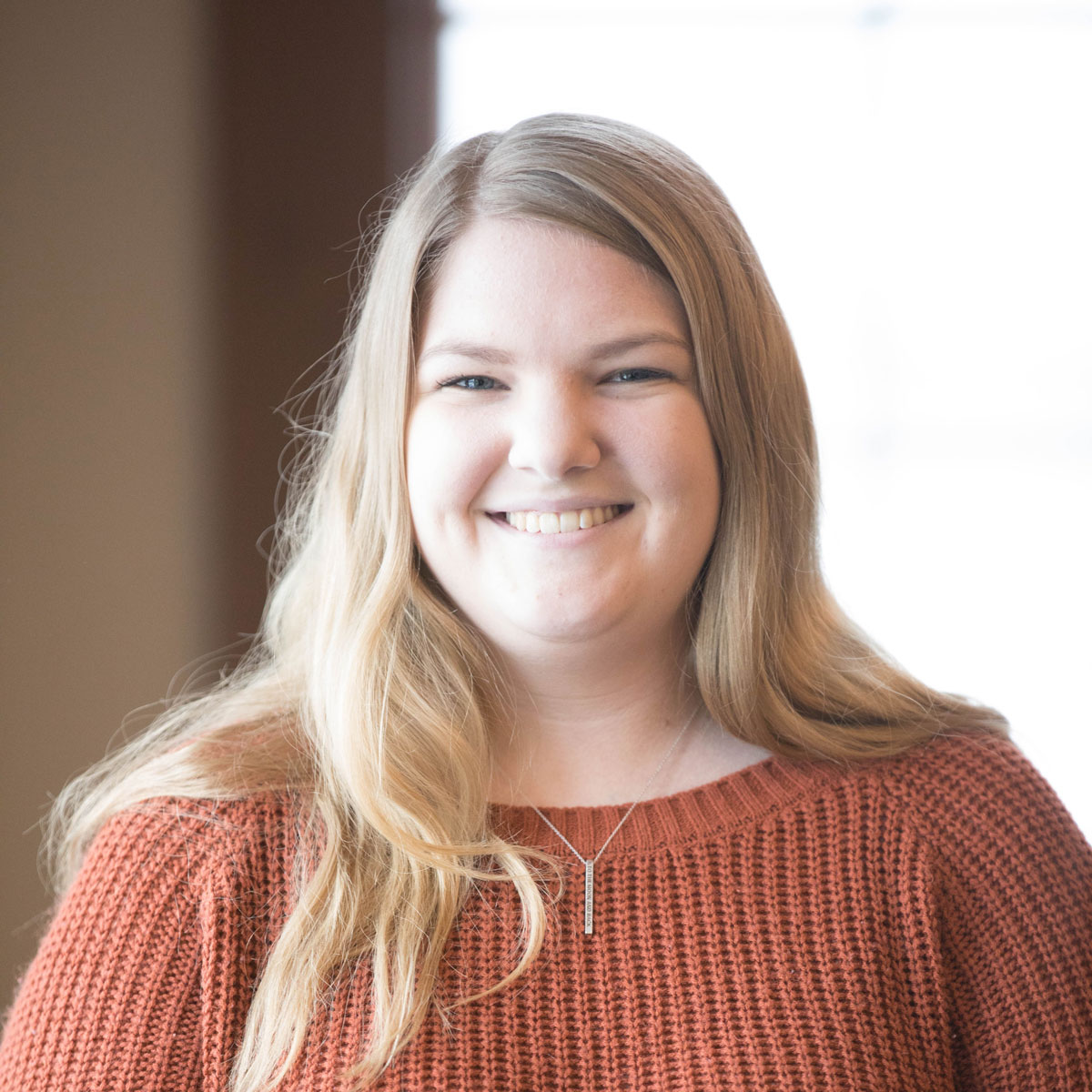
About the author: Chelsea Dinterman
Originally from Woodsboro, Maryland, a small town in the shadows of Washington D.C., I grew up surrounded by people who didn’t understand agriculture. Through my time in organizations like 4-H and FFA, I found a passion for closing the gap between farm and fork. My passion led me to Oklahoma State University’s agricultural communications program. Now an intern here in the Wooster office, I am excited to learn from the best and share the stories of America’s cattlemen.
you may also like
Legacy in the Golden Land
On a quiet stretch of Northern California rangeland, a different story unfolds. The Borror family’s legacy modestly speaks through the cattle they raise, the ground they steward. The generations who’ve made a life here demonstrate commitment to doing things right, even when no one is watching.
An Ambassador for All
Joanie, with daughter Lindsey and her husband, Adam Hall, raise registered Angus cattle with two primary goals: producing high-quality seedstock that perform well in a wide variety of environments and ensuring end-user satisfaction. Those goals tie everything together, from promoting Angus to other producers to sharing their story with CAB partners and beef consumers.
An Unforgiving Land
What makes a ranch sustainable? To Jon, it’s simple: the same family, ranching on the same land, for the last 140 years. The Means family never could have done that without sustainability. Responsible usage of water, caring for the land and its wildlife, and destocking their herd while the land recovers from drought.

